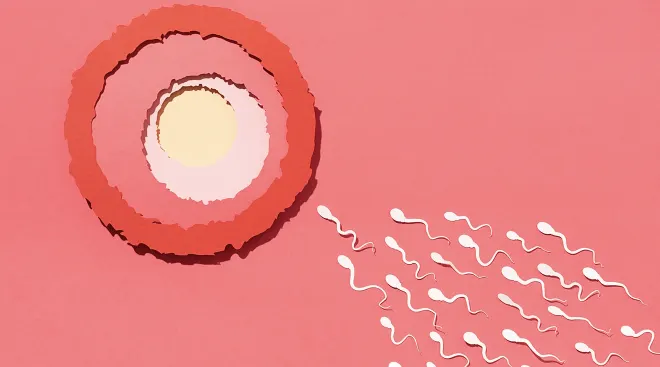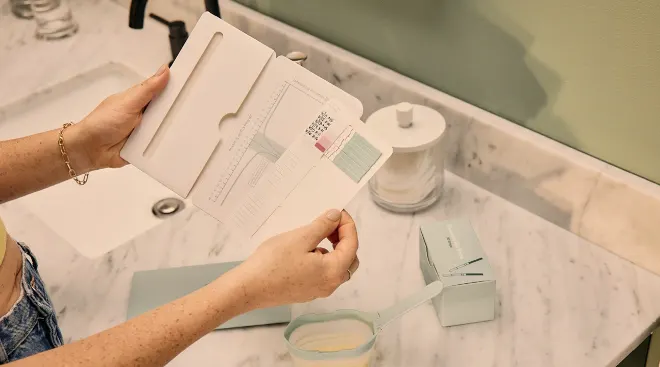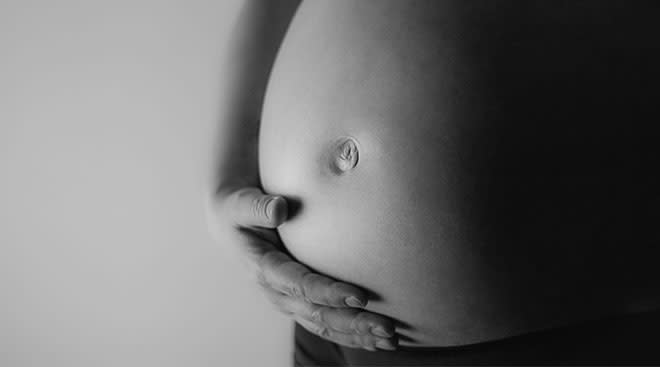New Artificial Ovary Could Help Women Conceive After Cancer Treatment
Chemotherapy and radiation can be life-saving cancer treatments, but they can also destroy the viability of a woman’s eggs—and for those hoping to have a child of their own one day, that’s heartbreaking news. Luckily, researchers from a leading fertility center in Europe may have just invented an artificial ovary that could allow women who’ve had fertility-destroying treatments to one day become pregnant.
Typically, there are two options for women who’ve gone through surgeries, radiation or chemotherapy that might damage their ovaries but still want to have kids. The first is to freeze their eggs so they can try in vitro fertilization (IVF) at a later date. The second is to have an ovarian tissue transfer, a procedure that removes ovarian tissue containing follicles with immature eggs so doctors can try to re-transplant the tissue once the patient is healthy again.
But here’s the problem: Both methods can impair the viability of the eggs. And in the latter case, if the removed ovarian tissue still has any malignant cells, it could cause the cancer to return once it’s implanted back into the body. In fact, the American Society of Reproductive Medicine considers the procedure “experimental” for this very reason.
The good news? A group of scientist from Rigshospitalet in Copenhagen may have discovered a third option to preserve a woman’s fertility—without the risk of reintroducing cancerous cells.
To reduce the chances of reintroducing cancer, the Danish researchers first bioengineered an ovarian tissue “scaffold” that’s free of cancer. Then, they introduced previously frozen early-stage cells that they hope will be able to develop into functional ovarian follicles, the small fluid-filled sacs that contain a woman’s eggs.
“The artificial ovary will consist of a scaffold (originating from the woman’s own tissue or from donated tissue) combined with her own follicles,” Susanne Pors, a postdoctoral fellow at the University Hospital of Copenhagen Rigshospitalet and lead study author, told CNN. “It is newly constructed, but biological.”
The procedure—which is being hailed as “groundbreaking”—is still in the testing phase and years away from being used on human patients, as more research is needed. But if it works, it could restore a woman’s natural fertility without endangering their lives with the risk of returning cancer cells. And that’s pretty exciting stuff.
Please note: The Bump and the materials and information it contains are not intended to, and do not constitute, medical or other health advice or diagnosis and should not be used as such. You should always consult with a qualified physician or health professional about your specific circumstances.
Navigate forward to interact with the calendar and select a date. Press the question mark key to get the keyboard shortcuts for changing dates.




















































